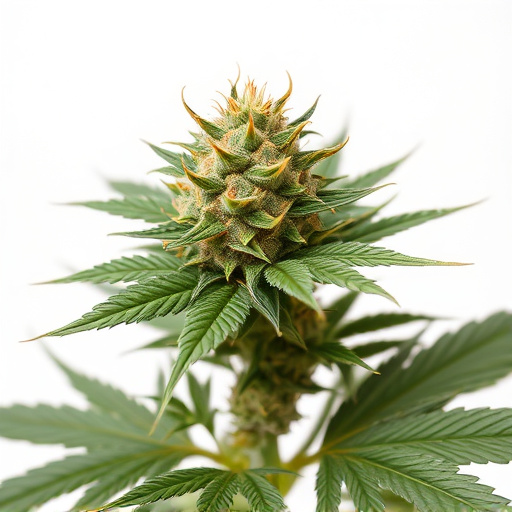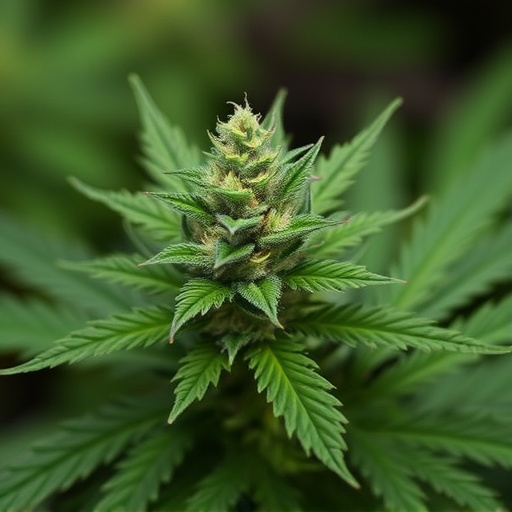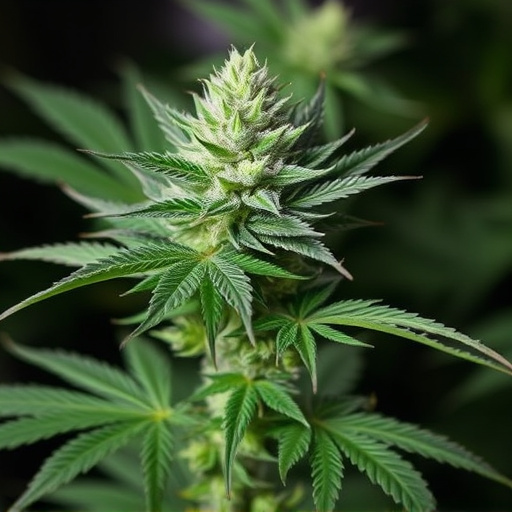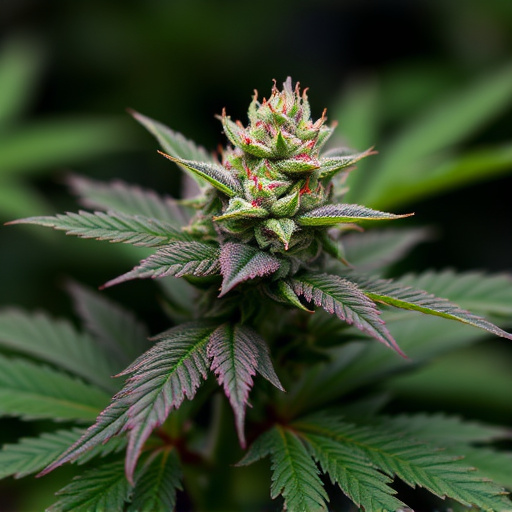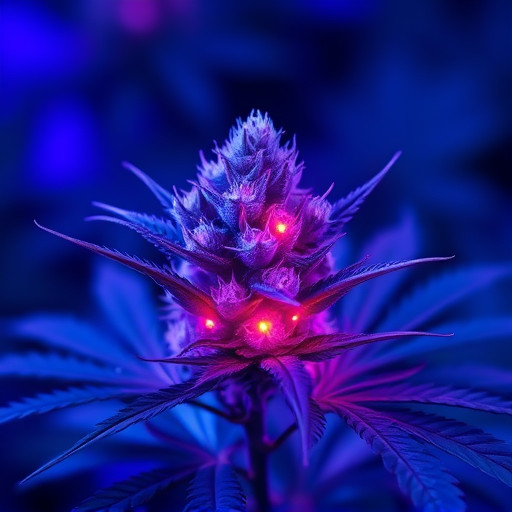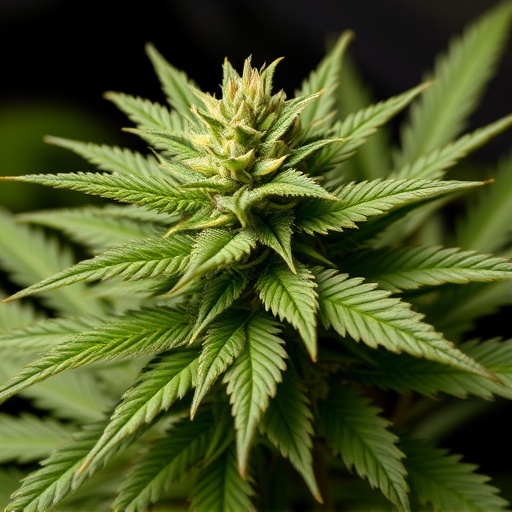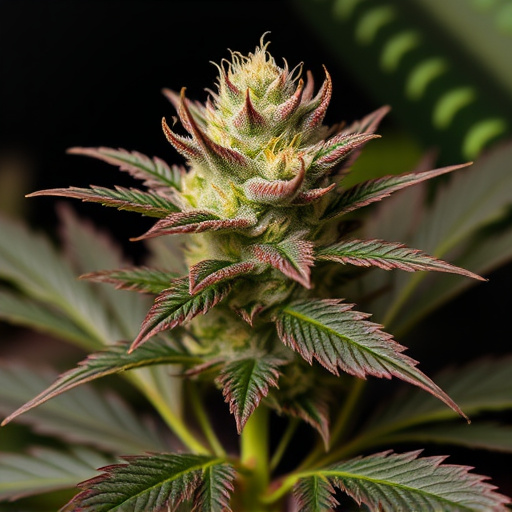Examining cannabis trichomes under magnification is key to identifying top-quality strains for pain relief. These tiny glandular hairs change from milky white to amber as they mature, signaling increased cannabinoid (THC, CBD) and terpene production. By understanding this transformation, growers can curate plants with high therapeutic potential, ensuring the best cannabis strains for managing chronic pain effectively through interaction with the body's endocannabinoid system.
“Unleash the secrets of premium cannabis quality with a guide to trichome inspection. Trichomes, tiny hair-like structures, hold crucial insights into plant maturity and health—essential factors in determining optimal harvest time. This article navigates the art of visual trichome assessment, empowering cultivators and users alike.
From understanding trichome types to mastering visual inspection techniques, you’ll learn how to identify ideal harvest windows for top-tier cannabis, focusing on the best strains for pain relief.”
- Understanding Trichomes: The Key to Quality Assessment
- Visual Inspection: Identifying Maturity and Health
- Extracting the Best Cannabis Strains for Pain Relief
Understanding Trichomes: The Key to Quality Assessment
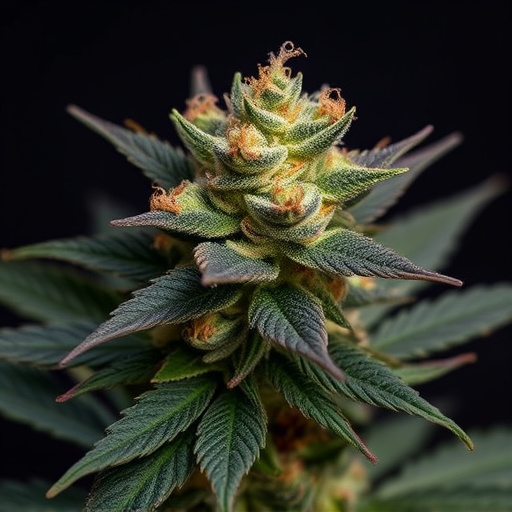
Trichomes, tiny glandular hairs that coat the surface of cannabis flowers, are a crucial indicator of both the plant’s maturity and its potential medicinal benefits, especially when it comes to best cannabis strains for pain management. They produce a wide range of cannabinoids, including THC (tetrahydrocannabinol) and CBD (cannabidiol), which are responsible for their therapeutic effects. The quality and appearance of trichomes can greatly impact the overall potency and efficacy of a cannabis strain.
By closely examining trichomes under a magnifying glass or with a specialized tool, growers and users can assess the health and ripeness of the plant. In terms of best cannabis strains for pain, understanding when trichomes have reached their optimal state is essential. Typically, trichomes start out milky white and gradually turn amber or cloudy as the plant matures. This transformation indicates an increase in both cannabinoid production and the potential for stronger therapeutic effects, making them a key factor to consider in ensuring top-quality cannabis for pain relief.
Visual Inspection: Identifying Maturity and Health
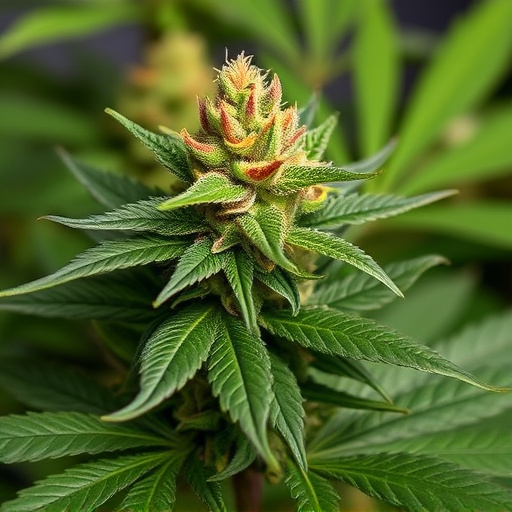
A visual inspection is a crucial step in determining the optimal harvesting time for your cannabis plants, especially when aiming to cultivate the best cannabis strains for pain relief. By carefully examining the trichomes—the tiny hair-like structures that cover the flower buds—you can gauge both maturity and overall plant health. Trichomes produce Cannabidiol (CBD) and Terpenes, which are key components responsible for the strain’s effectiveness in alleviating pain.
As cannabis plants mature, trichomes change color, typically transitioning from a clear or milky appearance to an amber or cloudy hue. This color shift indicates that the trichomes have produced significant amounts of cannabinoids and terpenes. Additionally, healthy trichomes should be shiny, sticky, and free from any discoloration or signs of damage, such as mold or pest infestation. These visual cues are vital in ensuring the highest quality harvest for optimal pain management through cannabis therapy.
Extracting the Best Cannabis Strains for Pain Relief
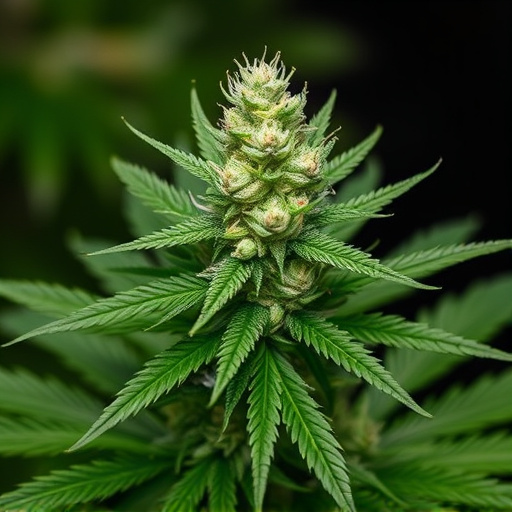
Cannabis has gained recognition as a powerful tool for managing chronic pain, making it essential to understand how different strains can provide varied levels of relief. The best cannabis strains for pain are typically high in cannabinoid compounds, particularly THC and CBD, which interact with the body’s endocannabinoid system to reduce inflammation and alleviate discomfort.
When harvesting and curating your own cannabis plants, pay close attention to trichomes—small glandular hairs that secrete essential oils and cannabinoids. These trichomes can indicate a strain’s quality and potential effectiveness for pain management. By carefully monitoring their development, you can extract the best cannabis strains for pain, ensuring a more potent and therapeutic outcome.
When evaluating the quality of your harvest, trichome inspection is a vital skill. By understanding trichome structure and using visual cues, you can identify mature, healthy cannabis plants, ensuring you select the best cannabis strains for pain relief. This simple yet powerful tool allows cultivators to make informed decisions, ultimately contributing to a superior final product.


